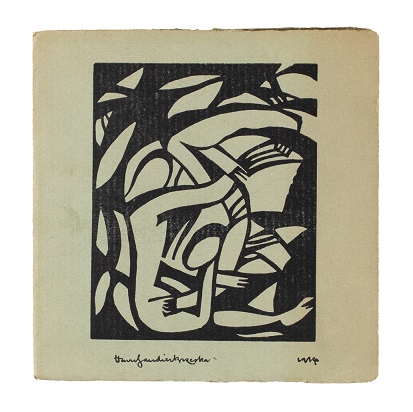ROLAS DU ROSEY, Carl.
Die Kupferstiche, Handzeichnungen und Kunstbibliothek ... deren erste Hälfte Montag, den 13. Juni 1864 [- deren zweite Hälfte Montag, den 5. September 1864] ... im R. Weigel’schen Kunst-Auktions-Lokale ... versteigert wird.
Leipzig, Rudolf Weigel, 1864.
2 vols, 8vo, pp. x, 269, [1]; iv, [2], 275-744, the price-lists of pp. 18 and pp. 22 bound in at end of each volume; a very good set bound in contemporary green quarter morocco with marbled boards, gilt spine. Stamp of Donaueschingen library on the title and final leaf.
Added to your basket:
Die Kupferstiche, Handzeichnungen und Kunstbibliothek ... deren erste Hälfte Montag, den 13. Juni 1864 [- deren zweite Hälfte Montag, den 5. September 1864] ... im R. Weigel’schen Kunst-Auktions-Lokale ... versteigert wird.
Sale catalogue of the print and drawing collection assembled by the Prussian general Baron Rolas du Rosey (d. 1862). In all 7160 lots were sold. The prices achieved were moderate.
Lugt, Marques de Collectiones, 2237.

